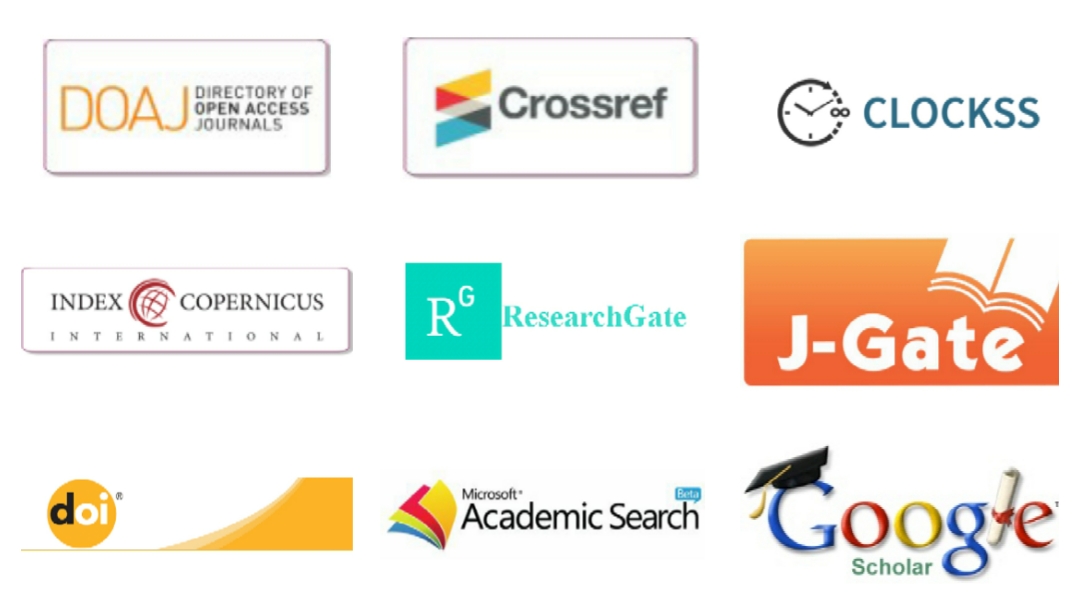The Future of Freight Pricing: AI Negotiation Agents Transforming RFPs and Spot Markets
DOI:
https://doi.org/10.14738/tmlai.1303.18801Keywords:
AI Negotiation Agents, Freight Pricing Automation, Spot Market Optimization, RFP Process Effeciency, Real-Time Rate Benchmarking, Dynamic Pricing Logistics, Risk-Adjusted Pricing, Data-Driven Logistics, Freight Cost Savings, Transparent Pricing ModelsAbstract
The freight industry demands rapid, equitable pricing solutions as 20% of loads move via volatile spot markets where shippers manually check rates through emails and bids and the rest rely on slow RFP processes. AI-powered negotiation agents revolutionize both by deploying real-time rate benchmarking, dynamic discount negotiation, and risk-adjusted pricing. For spot freight (1 in 5 loads), agents instantly align quotes with $150 billion in market data, keeping rates within 5% of the median ($50-$100/load savings), replacing hours of emails with seconds of precision. In RFPs, this shrinks timelines from months to days. Agents also negotiate spot discounts e.g., 7% off $1,000/load for 200 annual spot loads ($14,000 savings) and embed risks like 15% fuel swings into terms (e.g., 4% surcharge), ensuring stability across both channels. These innovations cut manual effort, boost transparency, and optimize profitability for shippers, brokers, and carriers. Despite hurdles like data access and adoption, AI negotiation agents herald a pricing future that unifies spot and contract logistics into an agile, data-driven ecosystem.
References
Taheri, S. M. (2024). Accounting for Uncertainty: An Empirical Analysis of Truckload Budgeting (Doctoral dissertation, MASSACHUSETTS INSTITUTE OF TECHNOLOGY).
Θεοδώρου, Θ. (2024). Economic and Geopolitical factors affecting the freight rates.
Kheny, B., & Urbi, C. (2024). The Road Ahead: Leveraging Truckload Trends for Prescriptive LTL Heuristics. Signature.
Ozkan, N. (2020). Fostering Digital Marketplaces in Logistics and Supply Chain: Trends and Opportunities (Doctoral dissertation, Politecnico di Torino).
Nair, A. (2005). Emerging internet‐enabled auction mechanisms in supply chain. Supply Chain Management: An International Journal, 10(3), 162-168.
PRAKASH, J., & EMIRATES, U. A. A STUDY ON NAVIGATING THE DIGITAL SEAS: THE IMPACT OF MODERN COMMUNICATION ON SHIP BROKING.
Pecchia, D. (2020). Freight consolidation and digital marketplaces: new business and operational models (Doctoral dissertation, Politecnico di Torino).
Rios Lam, A. (2018). Exploring the Use of Freight Exchange E-marketplaces in Sweden: The Perspective of the Transport Service Provider.
Jain, A., van der Heijden, R., Marchau, V., & Bruckmann, D. (2020). Towards rail-road online exchange platforms in EU-freight transportation markets: An analysis of matching supply and demand in multimodal services. Sustainability, 12(24), 10321.
Panagiotou, D. K., & Dounis, A. I. (2024). Review of Intelligent Methods and Their Potential Use towards a Smart Grid Negotiation Framework. Applied Sciences, 14(12), 5196.
Leyton-Brown, K., Milgrom, P., Newman, N., & Segal, I. (2023). Artificial Intelligence and Market Design: Lessons Learned from Radio Spectrum Reallocation. NBER Chapters.
Qian, M., Musa, A. A., Biswas, M., Guo, Y., Liao, W., & Yu, W. (2025). Survey of Artificial Intelligence Model Marketplace. Future Internet, 17(1), 35.
Ante, L. (2024). Autonomous AI Agents in Decentralized Finance: Market Dynamics, Application Areas, and Theoretical Implications. Application Areas, and Theoretical Implications (December 14, 2024).
Consulich, F., Maugeri, M., Milia, C., Poli, T. N., & Trovatore, G. (2023). AI and market abuse: do the laws of robotics apply to financial trading?. CONSOB Legal Research Papers (Quaderni Giuridici) no, 29.
Little, J. A. (2024). FORAGING ECONOMIES: A MARKET BASED METHODOLOGY FOR ROBOTIC SWARM FORAGING.
Araf, M. S. I., Hoque, S. F., Chowdhury, M. A., Rahman, M., & Alam, M. Z. Can Artificial Intelligence (Ai) Based Pricing Achieve Sustainability? A Systematic Review from Business, Customer & Policymaking Perspectives. A Systematic Review from Business, Customer & Policymaking Perspectives.
Fong, P. H. Y. (2023). Feasibility of artificial intelligence in improving sales and service of insurance agents in the life insurance industry of Malaysia (Doctoral dissertation, UTAR).
Schmidt-Kessen, M. J., Eenmaa, H., & Mitre, M. (2022). Machines that make and keep promises-Lessons for contract automation from algorithmic trading on financial markets. Computer Law & Security Review, 46, 105717.
Cai, T., Dong, M., Chen, K., & Gong, T. (2022). Methods of participating power spot market bidding and settlement for renewable energy systems. Energy Reports, 8, 7764-7772.
Algarvio, H. (2023). Risk-Sharing Contracts and risk management of bilateral contracting in electricity markets. International Journal of Electrical Power & Energy Systems, 144, 108579.
Lopes, F. (2018). Electricity markets and intelligent agents Part I: market architecture and structure. Electricity Markets with Increasing Levels of Renewable Generation: Structure, Operation, Agent-based Simulation, and Emerging Designs, 23-48.
Thomas, O. (2024). Synergizing Trust and Autonomy: Gaia-X Enabled Multi-Agent Ecosystems for Advanced Freight Fleet Management. In Engineering Multi-Agent Systems: 12th International Workshop, EMAS 2024, Auckland, New Zealand, May 6–7, 2024, Revised Selected Papers (Vol. 15152, p. 82). Springer Nature.
Wanjantuk, P., & Banomyong, R. EXPLAINABLE AI APPROACH FOR IDENTIFYING CRITICAL FACTORS AFFECTING ON-TIME ARRIVAL OF TRUCKS IN LOGISTICS.
Abdulrashid, I., Farahani, R. Z., Mammadov, S., Khalafalla, M., & Chiang, W. C. (2024). Explainable artificial intelligence in transport Logistics: Risk analysis for road accidents. Transportation Research Part E: Logistics and Transportation Review, 186, 103563.
Hanssen, J. (2023). Expanding Our Knowledge of Maritime Trade with AIS and Explainable AI Systems (Master's thesis, NTNU).
Sadeghi, K., Ojha, D., Kaur, P., Mahto, R. V., & Dhir, A. (2024). Explainable artificial intelligence and agile decision-making in supply chain cyber resilience. Decision Support Systems, 180, 114194.
Taj, I., & Zaman, N. (2022). Towards industrial revolution 5.0 and explainable artificial intelligence: Challenges and opportunities. International Journal of Computing and Digital Systems, 12(1), 295-320.
De Bruijn, H., Warnier, M., & Janssen, M. (2022). The perils and pitfalls of explainable AI: Strategies for explaining algorithmic decision-making. Government information quarterly, 39(2), 101666.
Behera, R. K., Bala, P. K., & Rana, N. P. (2023). Creation of sustainable growth with explainable artificial intelligence: An empirical insight from consumer packaged goods retailers. Journal of Cleaner Production, 399, 136605.
Rosenfeld, A. (2021, May). Better metrics for evaluating explainable artificial intelligence. In Proceedings of the 20th international conference on autonomous agents and multiagent systems (pp. 45-50).
Downloads
Published
How to Cite
Issue
Section
License
Copyright (c) 2025 Mukesh Kumar

This work is licensed under a Creative Commons Attribution 4.0 International License.






